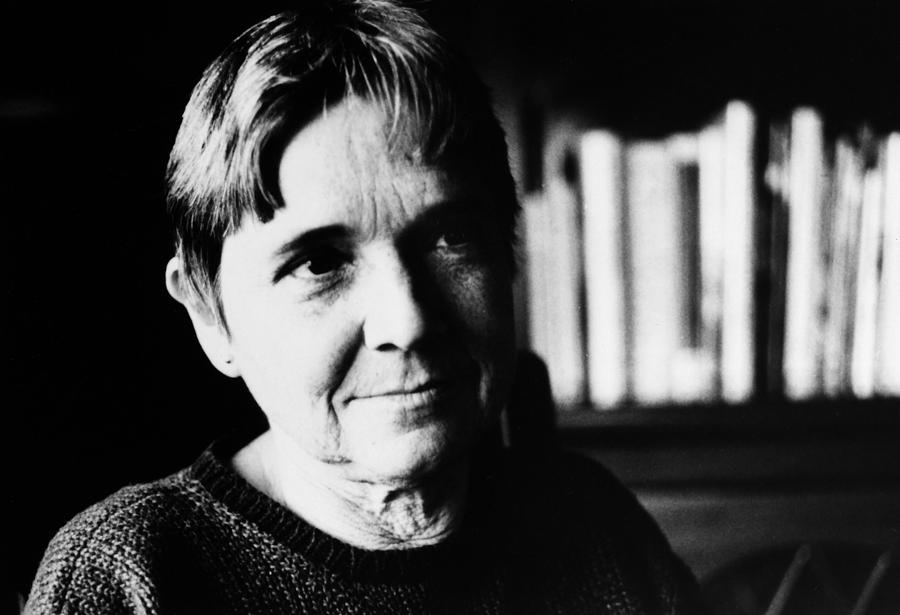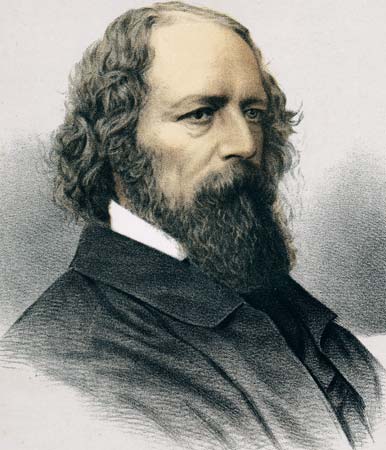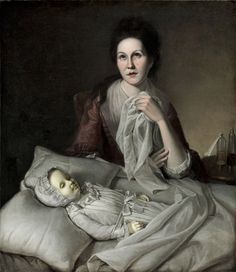Q1: Find, in the first stanza, three things that cannot happen in a treeless forest.
A: The three things that cannot happen in a treeless forest are the setting of a bird on trees, the hiding of insects and the sun burying its feet in the shadow of the forest.
Q2: What picture do these words create in your mind: “… sun bury its feet in shadow…”? What could the poet mean by the sun’s ‘feet’?
A: The sun radiates heat and the given words create a picture of the hot, radiating sun cooling its feet in the cool shadow of the forest. The sun’s ‘feet’ refers to its rays that reach the earth.
Q3: Where are the trees in the poem? What do their roots, their leaves, and their twigs do?
A: In the poem, the trees are in the poet’s house. Their roots work all night to disengage themselves from the cracks in the veranda floor. The leaves make efforts to move towards the glass, while the small twigs get stiff with exertion.
Q4: “The forest that was empty”- What would happen if the forest remains empty?
A: Without the trees, there is no existence of the forest. Forest is the natural habitats of trees, birds, birds, insects, and other wild animals. In the absence of the trees in the forest ecological balance would be disturbed. All the activities of the beasts and birds would stop. They need protection from the hunting and other natural calamities.
Q5: What is the central theme of the poem?
A: Adrienne Rich’s “The Trees” is a nature poem. The poet has given a visual picture of an alternative space where the trees have managed to escape from an artificial house. Here, the poet has personified nature. This poem brings the body and mind of trees together, which extend to the unconscious mind. The uprooted trees are kept in the modern artificial house and it depicts the trees have become free breaking all the artificial barriers.
Q6: Why does the poet compare the trees with ‘patients’?
A: The poet has used a conceit where she compares the ‘long-cramped’ branches that have been shuffling under the roof to newly discharged patients who look half-dazed as they move towards the hospital doors after long illnesses and wait to get out of the hospital. As, the patients want to get free from the hospital, in the same manner, the trees urge to be free from the prison house. The poet shows like a human, the trees also need freedom and they can achieve it when they are in the forest not in an artificial house.
Q7: How does the poet describe the moon: (a) at the beginning of the third stanza, and (b) at its end? What causes this change?
A: In the beginning of the third stanza, the poet says that the whole moon is shining in the open sky in the fresh night. However, at the end of the stanza, she describes the moon as broken into many pieces such as a shattered mirror.
This change is caused by the trees that have made their way from her home to outside. Their branches have risen into the sky, blocking the moon, which is why the moon seems to be broken into many pieces. These pieces can be seen flashing at the top of the tallest oak tree.
Q8: “All night the roots works” How do the roots work?
A: In this poem, the trees are kept in the poet’s house where the trees become captive in the house and urge for freedom. Thus, the roots work all night to disengage themselves from the cracks in the veranda floor. The leaves make efforts to move towards the glass, while the small twigs get stiff with exertion.
Q9: What picture do these words create in your mind: “… sun bury its feet in shadow…”? What could the poet mean by the sun’s ‘feet’?
A: The sun radiates heat and the given words create a picture of the hot, radiating sun cooling its feet in the cool shadow of the forest. The sun’s ‘feet’ refers to its rays that reach the earth.
Q10: How does the poet describe the moon?
A: In the beginning of the third stanza, the poet says that the whole moon is shining in the open sky in the fresh night. However, at the end of the stanza, she describes the moon as broken into many pieces such as a shattered mirror. This change is caused by the trees that have made their way from her home to outside. Their branches have risen into the sky, blocking the moon, which is why the moon seems to be broken into many pieces. These pieces can be seen flashing at the top of the tallest oak tree.
Q11: What happens to the house when the trees move out of it?
A: When the trees move out of the house, the glass gets broken and the smell of the leaves and lichens still reaches the rooms of the house.
Q12: What does the poet feel at night?
A: The poet feels that night is fresh and the full moon is showering its mercy on living beings equally. She also experiences the smell and voice of the leaves and the lichen in the ears.
Q13: Adrienne Rich has been known to use trees as a metaphor for human beings: this is a recurrent image in her poetry. What new meanings emerge from the poem if you take its trees to be symbolic of this particular meaning?
A: If trees are symbolic of human beings, then it could be said that humans too want to break away from the shackles of the busy and selfish lives they lead. They also want to go out into nature and be free. They work all day and sometimes all night to try and achieve something though they do not have the time to enjoy it. They keep striving hard in their routines as they feel cramped under the roofs of their homes and offices. Even they want to break free and go out into the peaceful nature.
Some online learning platforms provide certifications, while others are designed to simply grow your skills in your personal and professional life. Including Masterclass and Coursera, here are our recommendations for the best online learning platforms you can sign up for today.
The 7 Best Online Learning Platforms of 2022
- Best Overall: Coursera
- Best for Niche Topics: Udemy
- Best for Creative Fields: Skillshare
- Best for Celebrity Lessons: MasterClass
- Best for STEM: EdX
- Best for Career Building: Udacity
- Best for Data Learning: Pluralsight













